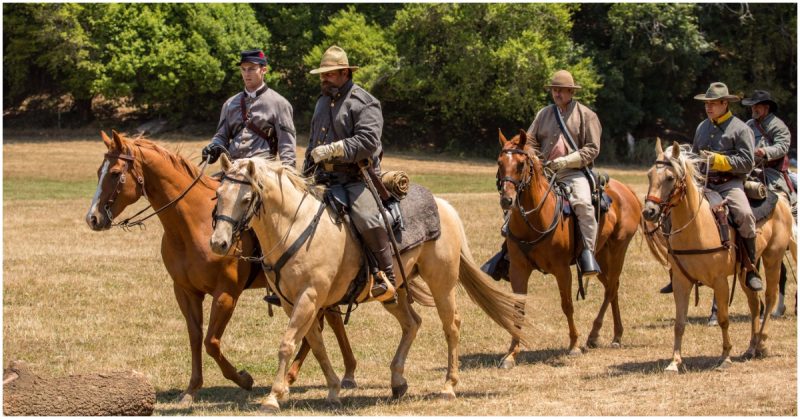Don’t get surprised if you hear someone whistling Dixie in southern Brazil. Although the chances for such an encounter today are quite slim, Dixie was once alive in Southern Brazil when nostalgic and homesick Confederates (“Confederados” as they were called in Brazil) used to remember their home, sitting in their new Brazilian farmlands.
It all started after 1865 with the conclusion of the Civil War. The Southern economy was depleted and the Union had abolished slavery. Suddenly, the South turned into a hostile environment for Confederates who didn’t want to live under federal rule. So, many of them decided to leave the States, which resulted in the largest exodus in the history of the country.
At the time, the Empire of Brazil spanned the territory of today’s Brazil and Uruguay, and the Emperor, Dom Pedro II was interested in creating his own cotton and sugar-cane industry. He had the land, but he lacked skilled farmers.
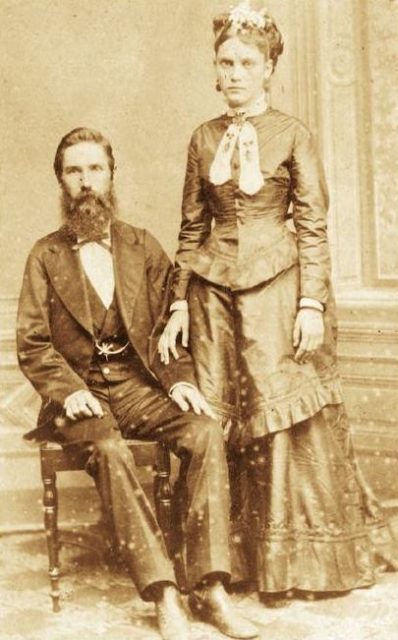
Unable to adapt to the newly formed situation, many southern émigrés from Texas, Alabama, Mississippi, Louisiana, Georgia, and South Carolina used the opportunity and moved to Brazil. Their whole life was organized around agriculture on their farms, so they were welcomed by the Brazilian Emperor.
He made the southerners a great deal by offering financial help with travel expenses, subsidizing the price of the land, and letting them build plantations tax-free.
Those wealthy Confederates who had too much land in the US couldn’t leave it, which left more opportunities for many farmers to gain large tracts of land at a cheap price.
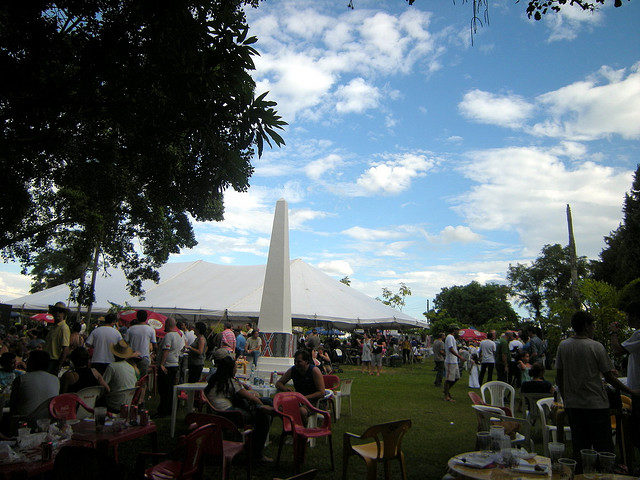
Some of them recognized the appeal in the developing urban areas of Sao Paolo and Rio De Janeiro, while others tried their luck in the inhabited regions of the northern and southern Amazon.
There were some 20,000 émigrés (according to some sources the figure was around 10,000) who moved to Brazil between 1865 and 1885, a time during which slavery was still legal in the country. The first generations of newcomers remained as cloistered communities marrying exclusively among themselves and refusing to learn Portuguese.
They built churches and separate schools with teachers from the US and also invested in building the First Baptist Church of Brazil, as well the Campo Cemetery for the Protestants.
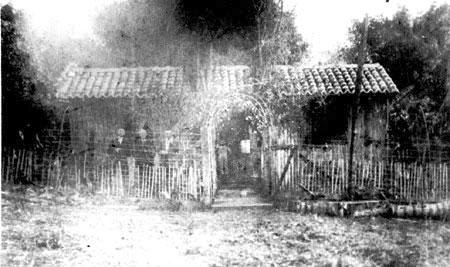
In a 1995 interview for the Seattle Times, a third-generation descendant of the original settlers, Alison Jones, described her experience growing up among in such an environment: “I remember when I was 4 years old, I was lost in a textile factory and I couldn’t tell the people anything because I only spoke English. I didn’t learn Portuguese until I started school.”
The colonists invested their modern knowledge in the country, implementing modern agricultural techniques and new crops such as pecans and watermelons that were happily accepted by the Brazilian farmers. Some typical foods of the American South such as fried chicken, cheese pie, and vinegar pie are today part of the general Brazilian culture.
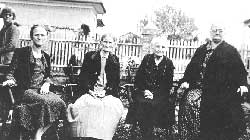
Tending to preserve their own cultural heritage, the settlers from the American South organized their everyday life just as they had before, on territories that grew into towns such as Santa Bárbara d’Oeste and Americana.
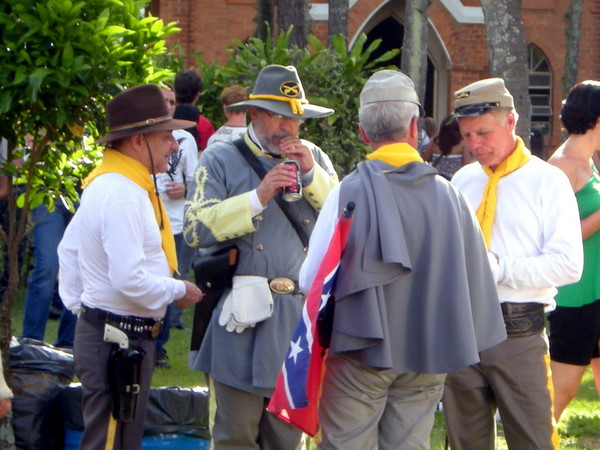
Although many historians interpreted the migration as motivated by the fact that slavery was still legal in Brazil, there is actually not much evidence to support that claim. There are many descendants of the original Confederates who remember their ancestors talking about some home they left a long time ago, but all they recall are gentle memories, traditions, and a way of life. Nobody talked much about slavery and its abolition.
Another descendant of the original settlers, Judith McKnight, tried to explain to the Seattle Times why her family left Texas: “They came here because they felt that their ‘country’ had been invaded and their land confiscated. To them, there was nothing left there. So, they came here to try to re-create what they had before the war. I grew up listening to the stories. They were angry and bitter. When they talked about it, moving here, the war, leaving their homes, it was always a very sore subject for them.”
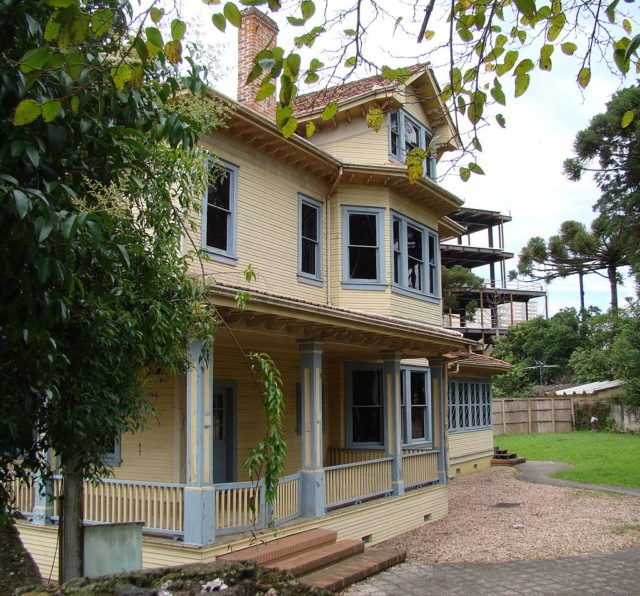
There are some recorded cases when the freed slaves accompanied their former masters to Brazil. One such example is Steve Watson, who followed his former owner Judge Dyer of Texas and was assigned as an administrator of a sawmill. At some point, Dyer returned to the States due to financial failure and homesickness while Watson stayed and administered the property.
Read another story from us: Thomas Jefferson: Emancipator or Enslaver of Men?
The newly formed colonies were called Confederados by the Brazilians. Today, their descendants host the annual Festa Confederada, a festival that features Confederate flags and uniforms, as well as dances, music, and cuisine from the American South. It is dedicated to preserving the memory of their ancestors.
